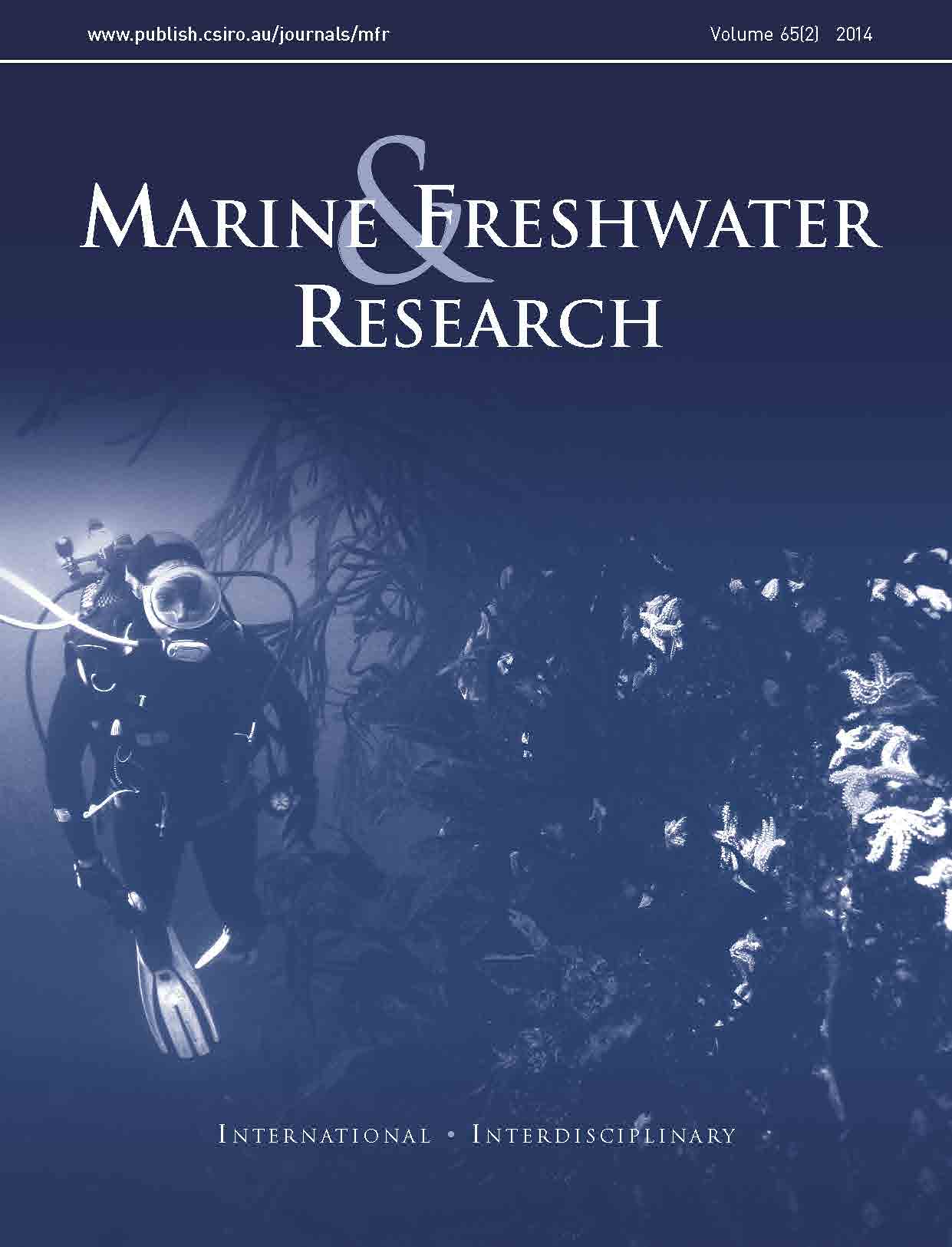En este artículo que acabamos de publicar en Marine and Freshwater Research, comparamos tres métodos para estimar abundancias de peces costeros: mediante buceadores, mediante cámaras de vídeo fijas y mediante ROV.
Además, una foto propia es portada de la revista. La protagonista de la foto, es además la coautora del artículo Diana Fernández-Márquez.
Este es el resumen del artículo:
Comparative works on sampling techniques allow selecting the best methods to study each target fish community. We analysed the structure of a coastal fish community in Galicia (north-western Spain) by comparing the following three techniques: diver-based underwater visual census (UVC), remotely operated vehicle (ROV) and remote underwater video (RUV). All techniques detected abundant and frequent taxa, but divers obtained more precise and complete inventories (80% of identified taxa) than did ROV (60%) and RUV (47%), were faster (only 1.4 days to achieve the estimated taxa list) than were ROV (2.0 days) and RUV (475.7 days), and were more reliable in estimating the abundances of highly mobile, less abundant, less frequent, cryptic and smaller fish. Conversely, RUV obtained the poorest estimates of abundances, and even though it obtained more replicates (136), there were more zeros (98%) than with divers (16 replicates, 64% zeros) and ROV (11 replicates, 75% zeros). Furthermore, the economic cost of the video system was triple the cost of the diving gear; consequently, we recommend using divers to study the coastal fish communities in the shallow waters of the North Atlantic Ocean. However, further research is necessary to explore the full capabilities of video techniques in long-term studies, in greater depths and in adverse weather conditions.

